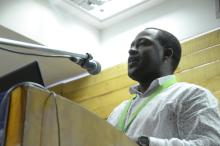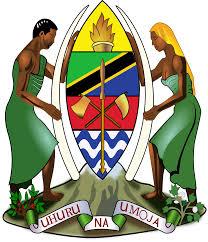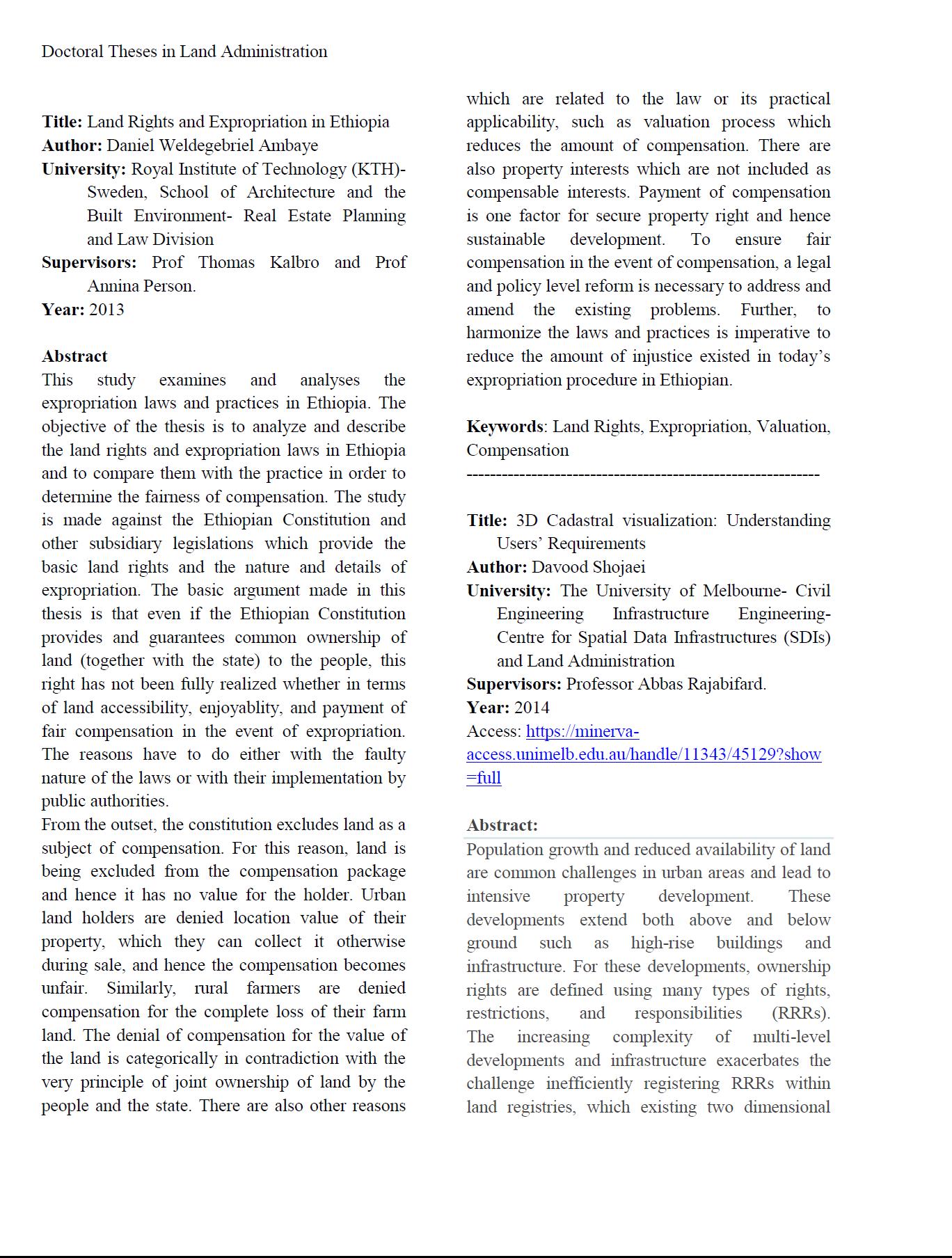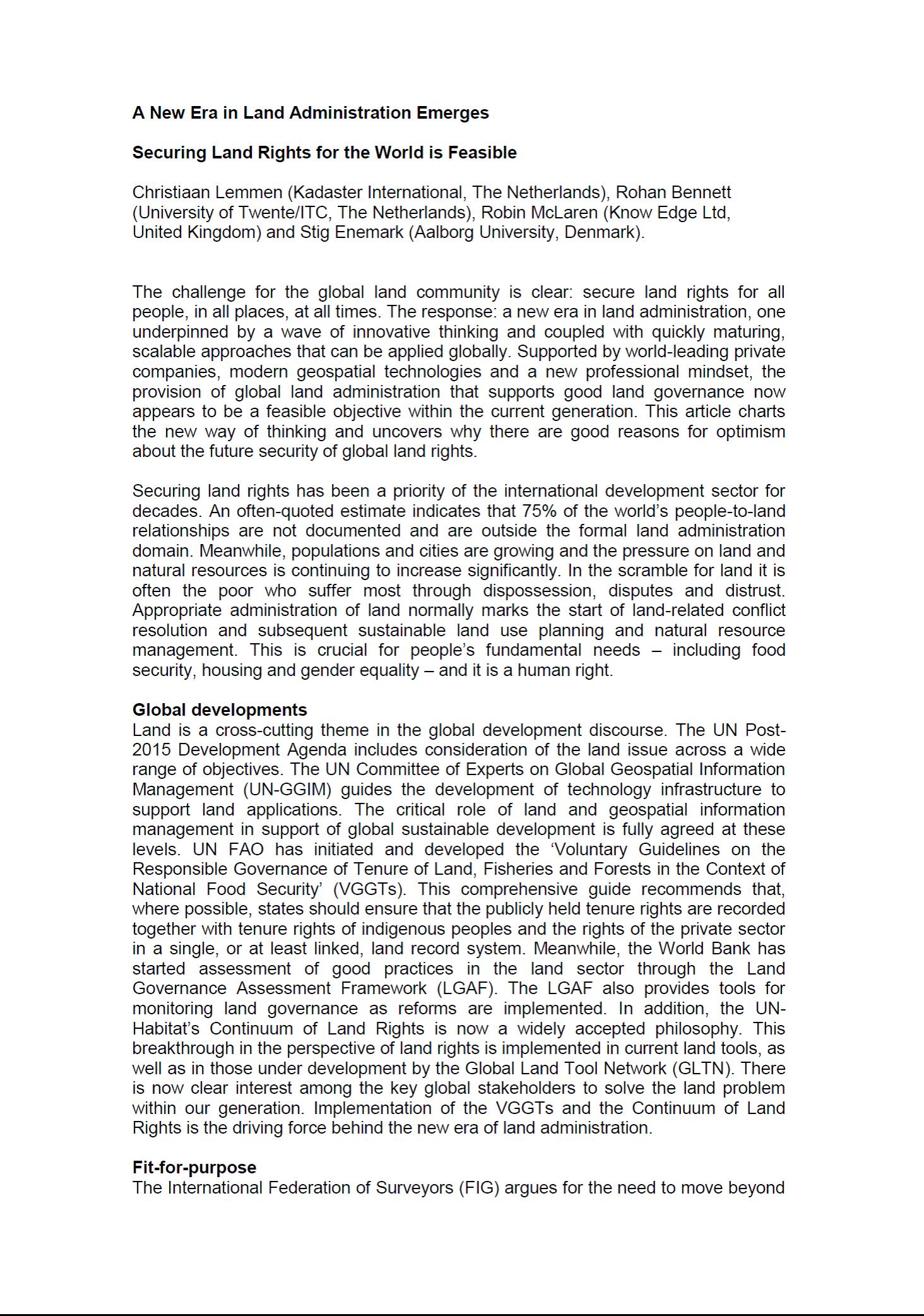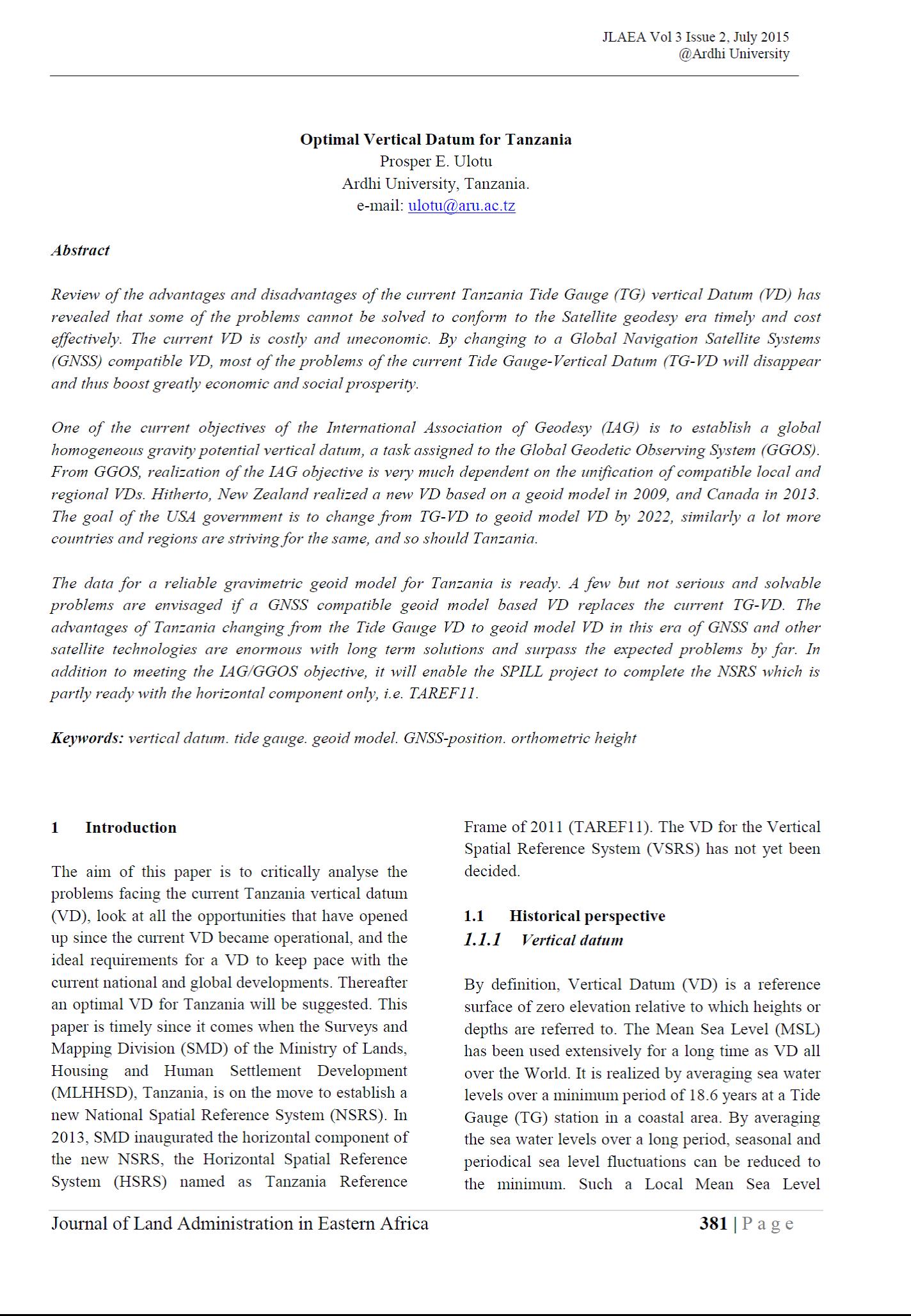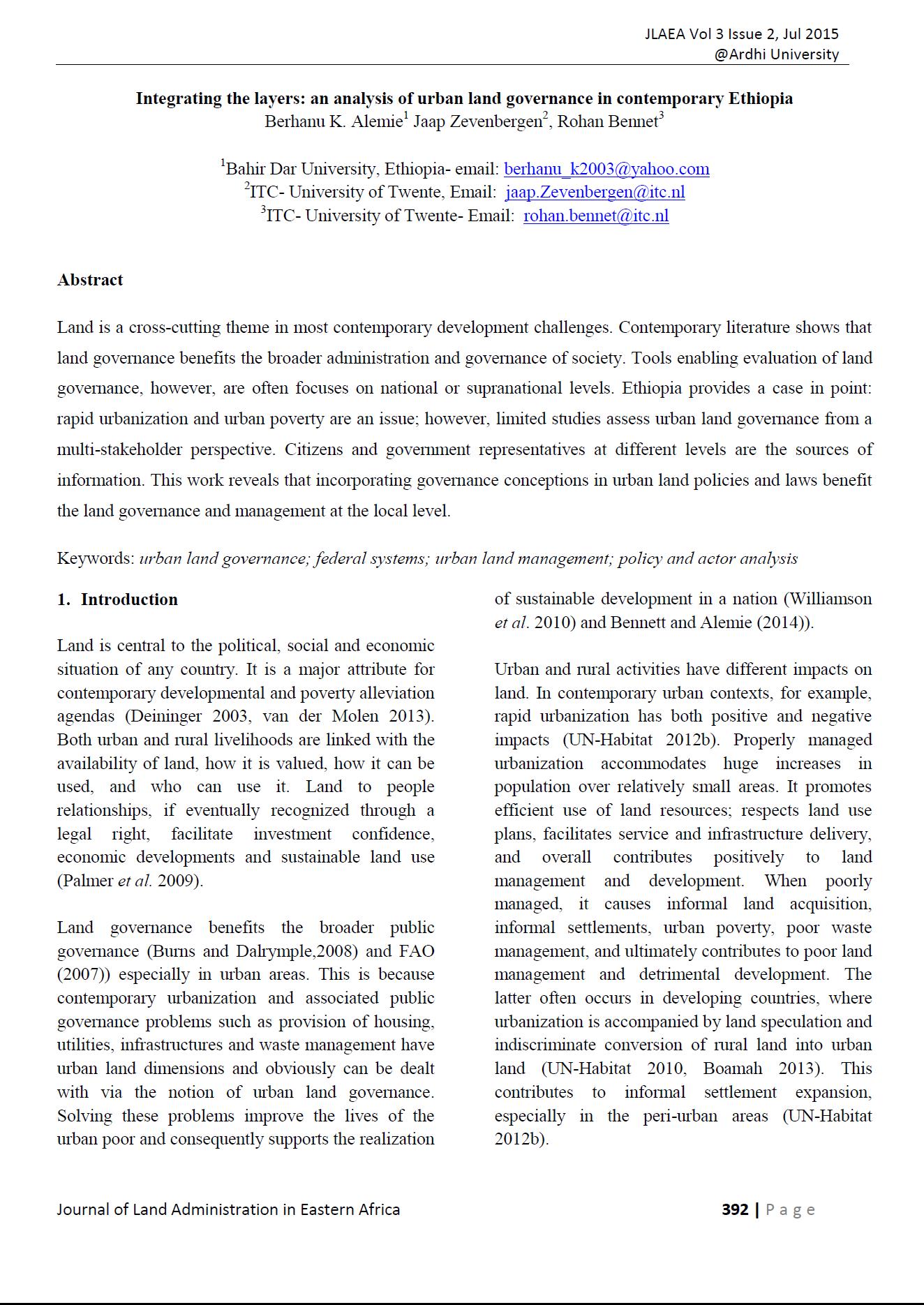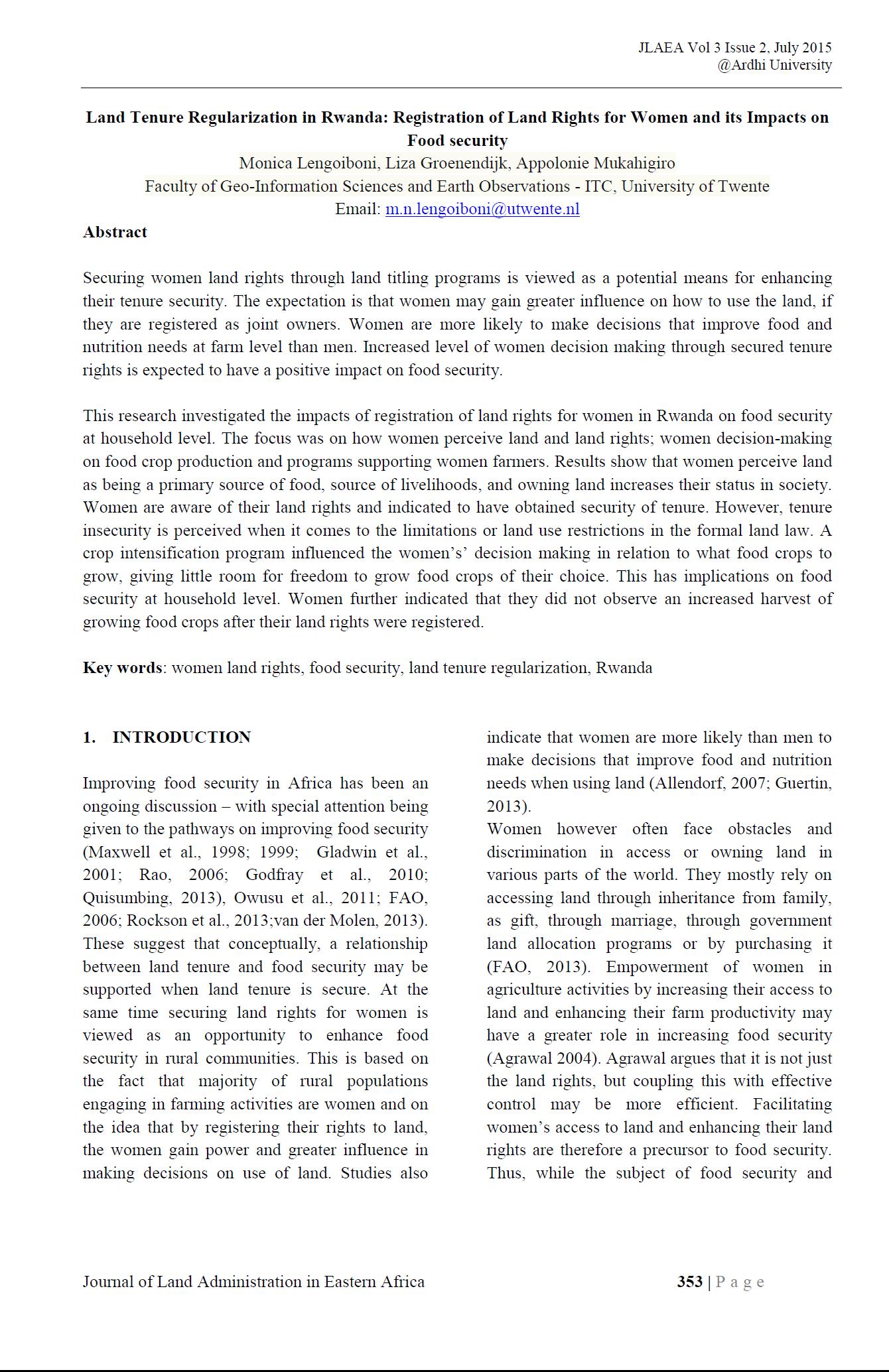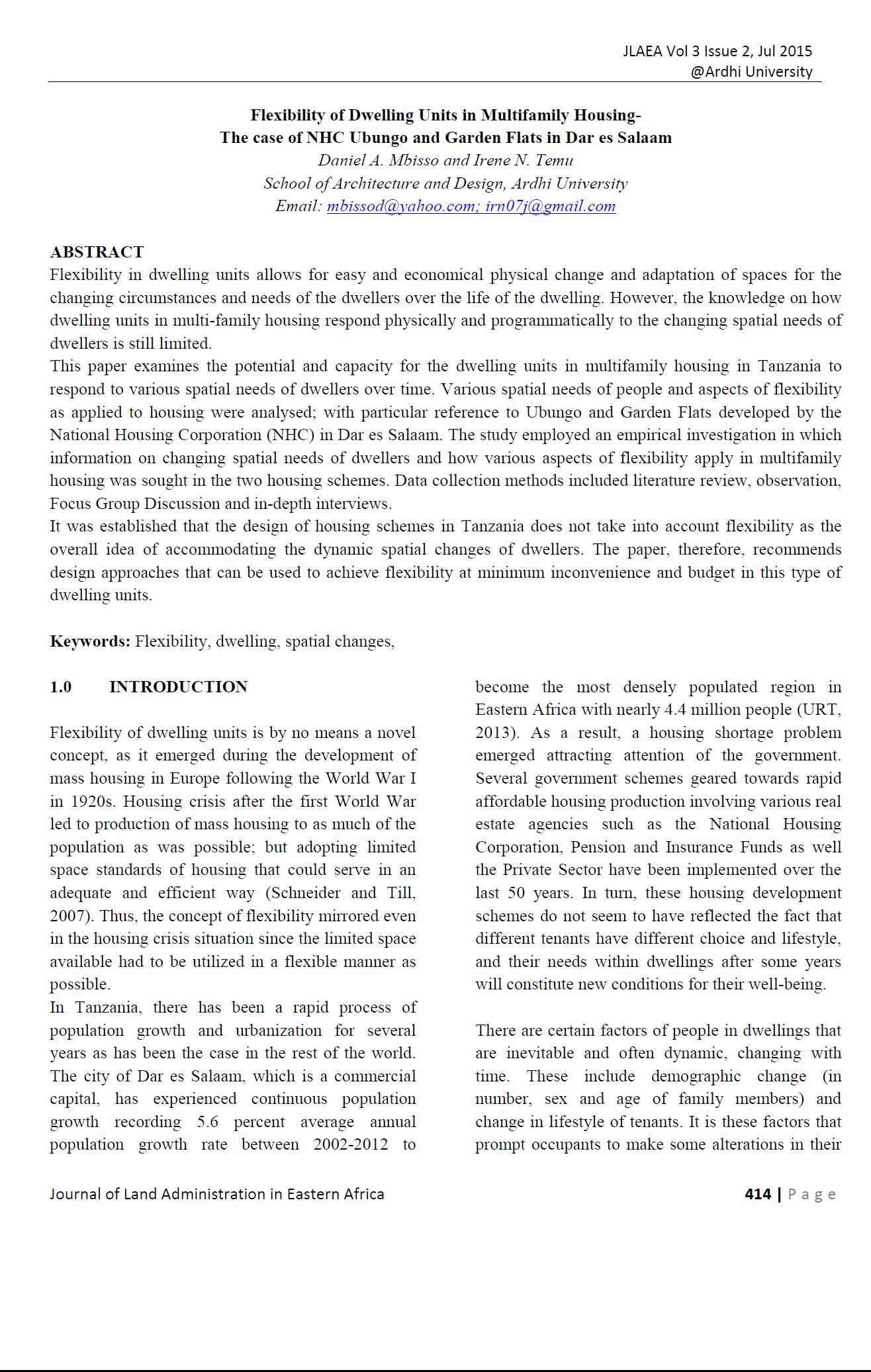Godfrey Eliseus Massay is a lawyer and land tenure specialist.He has eight years of experience working on land rights and in the natural resource sector in Tanzania, and has written and published numerous articles on land rights in both national and international academic journals.
Details
Location
Contributions
Displaying 81 - 90 of 218Ministry of Lands, Housing and Human Settlements Development (Tanzania)
The Ministry of Lands, Housing and Human Settlements Development has been mandated to administer land and human settlement in Tanzania. It provides various land related services to individuals and institutions in the country, and provides advice to government and the public on matters pertaining to human settlements development
Status of Land and Natural Resources Administration in Burundi: an overview
In the framework of collaboration for country based case studies on land and natural resource tenure security in Eastern and Southern Africa by the University of Nairobi/ Centre for Urban Research and Innovation, a case study was conducted in Burundi. Data collection was based mainly on literature review of legal texts and all studies realized in the area of land tenure and natural resources in Burundi, and field visits. This paper presents only the synthesis of the information and data collected on land, water, mines and forests.
Doctoral Theses in Land Administration
A compendium of four doctoral theses on land administration.
Promoting land rights to land for women and vulnerable groups through education in Eastern Africa
The Eastern Africa Land Administration Network (EALAN) plays an important role in development and support of Land Administration education in Eastern Africa. The Network was formed in 2009, out of interest and informal agreement by four universities in Eastern African Universities to support each other in offering Land Administration related programs. The interest to network was motivated by lack of qualified land administration lecturers across the eastern African countries.
7th EALAN 2015 Annual General Meeting and Workshop Proceedings
Proceedings of 7th Eastern Africa Land Administration Network (EALAN) Annual General Meeting (AGM) and Workshop Theme:The State of Land Administration in Eastern African Countries: Comparative Overview Venue: Bahir Dar, Ethiopia Date: 21st – 22nd July 2015
Optimal Vertical Datum for Tanzania
Review of the advantages and disadvantages of the current Tanzania Tide Gauge (TG) vertical Datum (VD) has revealed that some of the problems cannot be solved to conform to the Satellite geodesy era timely and cost effectively. The current VD is costly and uneconomic. By changing to a Global Navigation Satellite Systems (GNSS) compatible VD, most of the problems of the current Tide Gauge-Vertical Datum (TG-VD will disappear and thus boost greatly economic and social prosperity.
Integrating the layers: an analysis of urban land governance in contemporary Ethiopia
Land is a cross-cutting theme in most contemporary development challenges. Contemporary literature shows that land governance benefits the broader administration and governance of society. Tools enabling evaluation of land governance, however, are often focuses on national or supranational levels. Ethiopia provides a case in point: rapid urbanization and urban poverty are an issue; however, limited studies assess urban land governance from a multi-stakeholder perspective. Citizens and government representatives at different levels are the sources of information.
Land Tenure Regularization in Rwanda
Securing women land rights through land titling programs is viewed as a potential means for enhancing their tenure security. The expectation is that women may gain greater influence on how to use the land, if they are registered as joint owners. Women are more likely to make decisions that improve food and nutrition needs at farm level than men. Increased level of women decision making through secured tenure rights is expected to have a positive impact on food security.
Flexibility of Dwelling Units in Multifamily Housing
Flexibility in dwelling units allows for easy and economical physical change and adaptation of spaces for the changing circumstances and needs of the dwellers over the life of the dwelling. However, the knowledge on how dwelling units in multi-family housing respond physically and programmatically to the changing spatial needs of dwellers is still limited.

